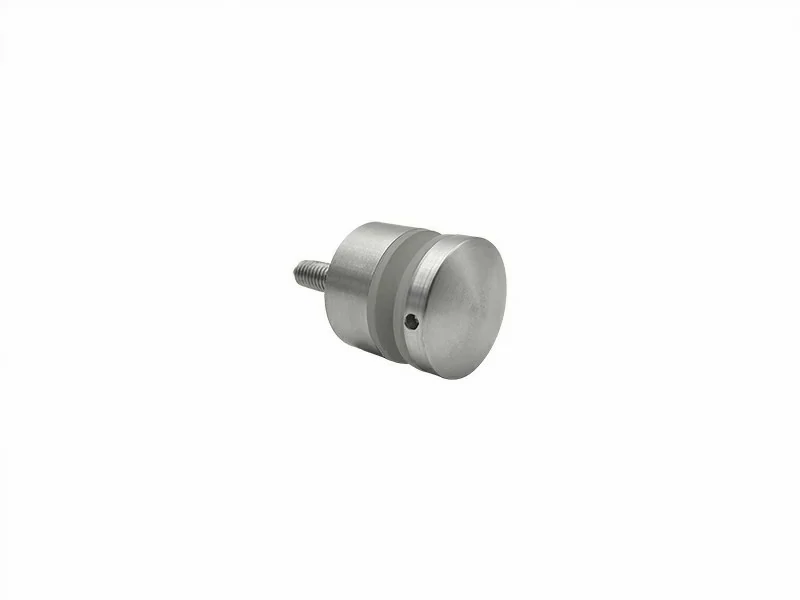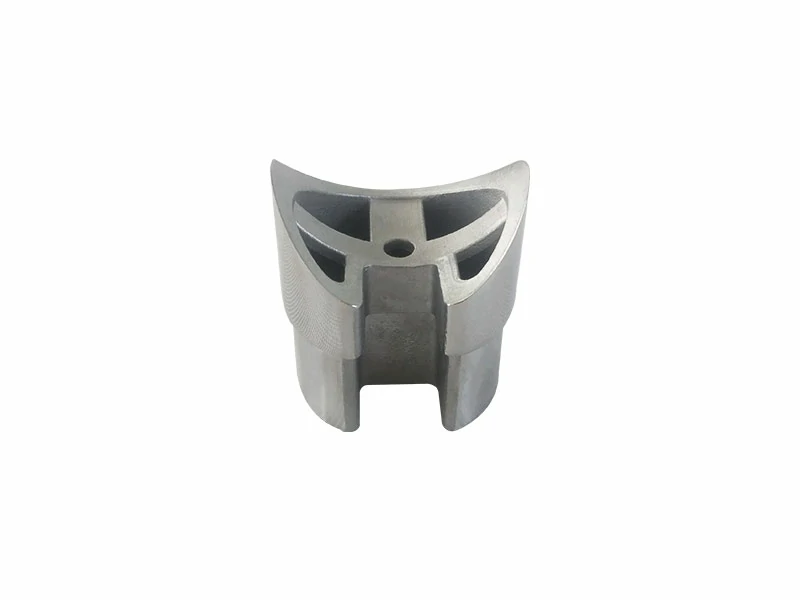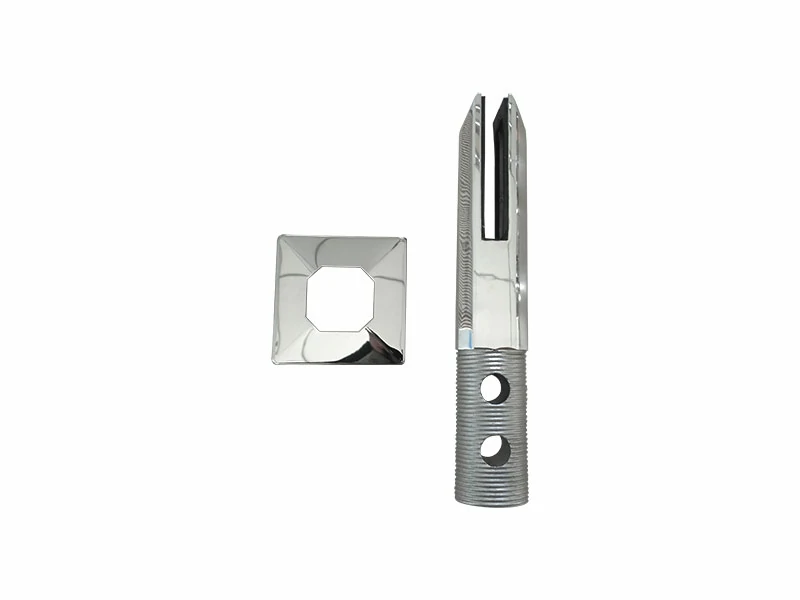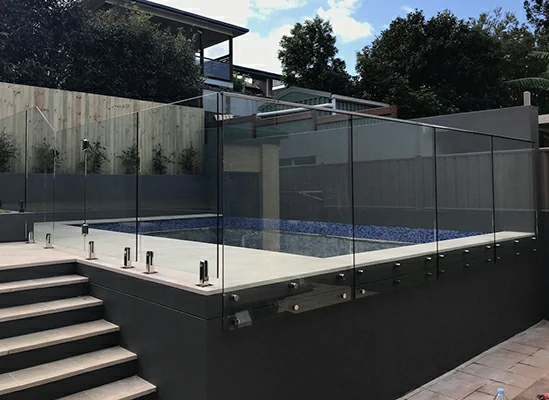
Handrail fittings maintenance refers to the regular upkeep and care of the fittings used in handrail systems. Stainless Steel Handrail fittings are the components that connect and support the handrail, such as brackets, connectors, end caps, and flanges. Proper handrail fittings maintenance ensures that the stainless steel railing remain in good condition, function effectively, and provide safety and stability.
Outdoor stainless steel railings need to be cleaned periodically, especially in coastal areas or swimming pools. Washing stainless steel railing fittings with a mild detergent will help with reducing tea staining. Please note that handrail fittings with deep gap or narrow crevice designs require more regular maintenance.
In coastal location or swimming pools, stainless steel handrail fittings with highly polished surface are recommended. The smoother the surface finish, the better. Satin finished handrail fittings should be far away from high salt environments. Rough surface finishes promote tea staining. Satin finished products require more regular maintenance.
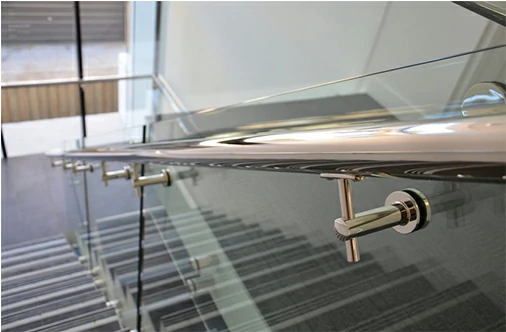
General guidelines for handrail fittings maintenance:
1. Regular cleaning: Clean the handrail fittings regularly to remove dirt, dust, and grime. Use a mild detergent or soap solution and a soft cloth or sponge to wipe down the fittings. Avoid using abrasive cleaners or materials that can scratch or damage the surface.
2. Inspection: Periodically inspect the handrail fittings for any signs of wear, damage, or loose connections. Check for cracks, rust, or corrosion, as these can weaken the fittings and compromise their structural integrity.
3. Tighten loose fittings: If you notice any loose fittings during the inspection, tighten them appropriately. Use the appropriate tools, such as a screwdriver or wrench, to secure the fittings in place. Ensure that they are firmly attached to the handrail and the supporting structure.
4. Lubrication: Apply lubricant to moving parts, such as hinges or swivel joints, to ensure smooth operation. This helps prevent friction and reduces wear and tear on the fittings. Use a lubricant recommended by the manufacturer and follow the instructions for application.
5. Repair or replace damaged fittings: If you identify any damaged or worn-out fittings during the inspection, repair or replace them promptly. Follow the manufacturer's guidelines or consult a professional if necessary. Damaged fittings can compromise the safety and stability of the handrail system.
6. Paint or finish touch-ups: If the handrail fittings have a painted or finished surface, touch up any areas where the paint or finish has chipped or worn off. This helps protect the fittings from corrosion and maintains their appearance.
7. Follow manufacturer's instructions: Always refer to the manufacturer's instructions or guidelines for specific maintenance recommendations. Different types of handrail fittings may have unique maintenance requirements, so it's important to follow the manufacturer's recommendations to ensure proper care.
By following these handrail fittings maintenance practices, you can help extend the lifespan of your handrail fittings, maintain their functionality, and ensure the safety of the handrail system.
